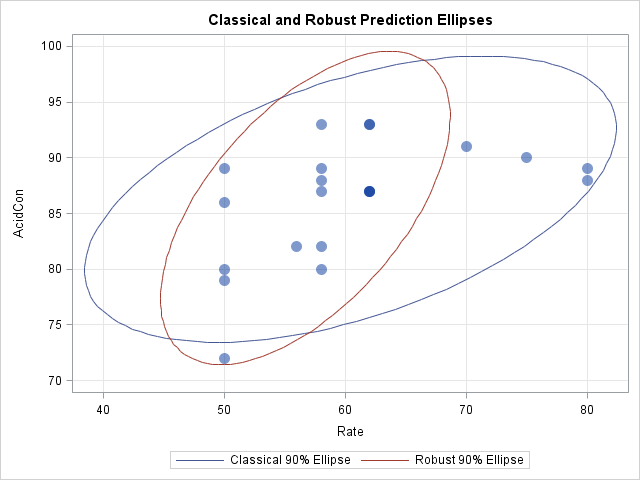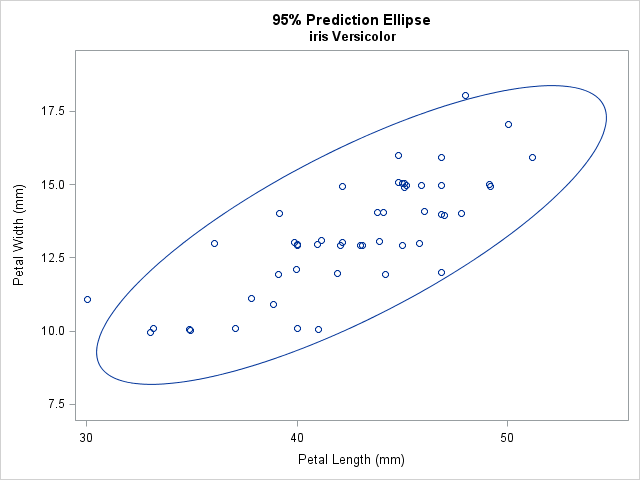
One of the things I enjoy about blogging is that I often learn something new. Last week I wrote about how to optimize a function that is defined in terms of an integral. While developing the program in the article, I made some mistakes that generated SAS/IML error messages. By










